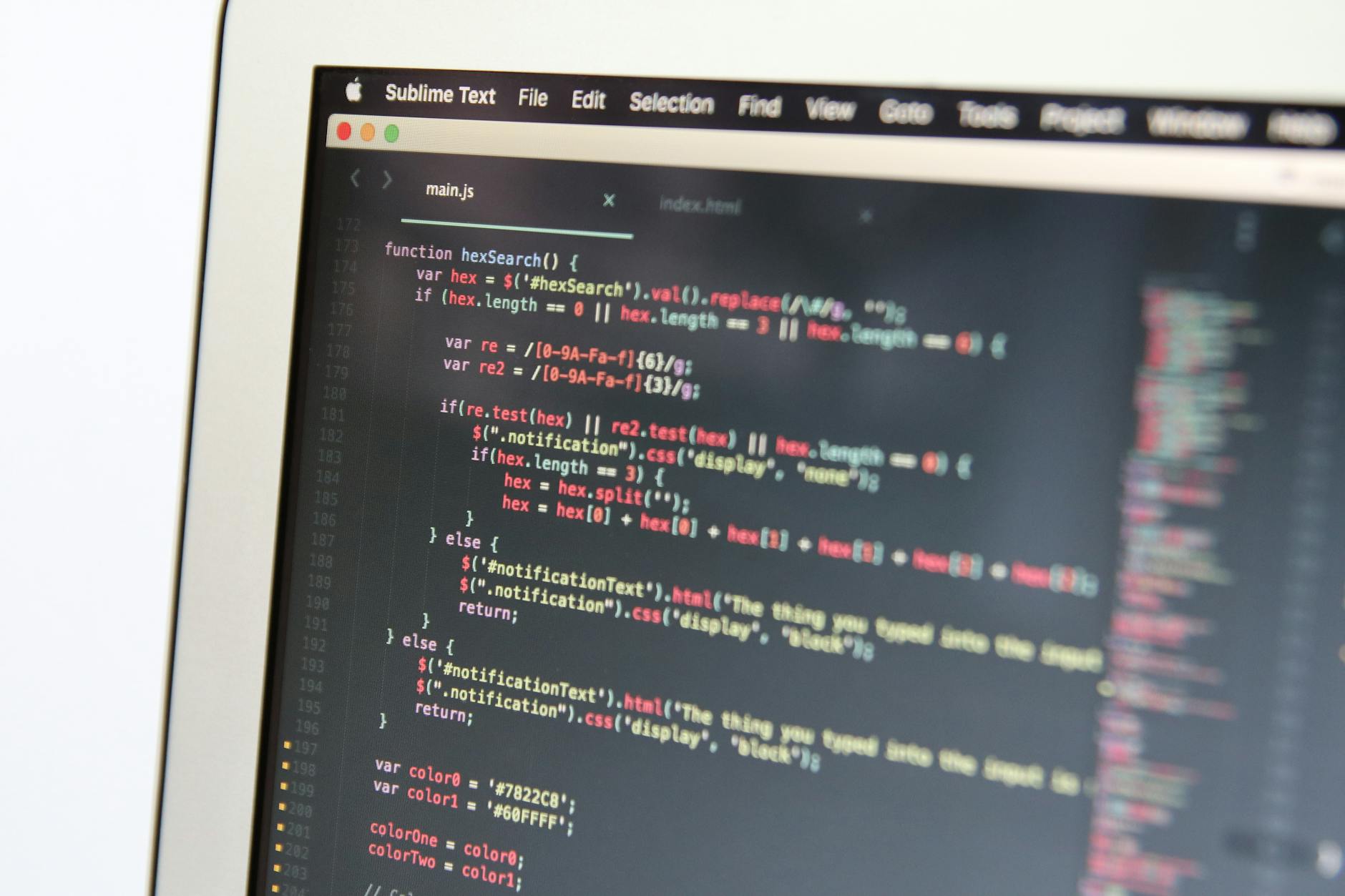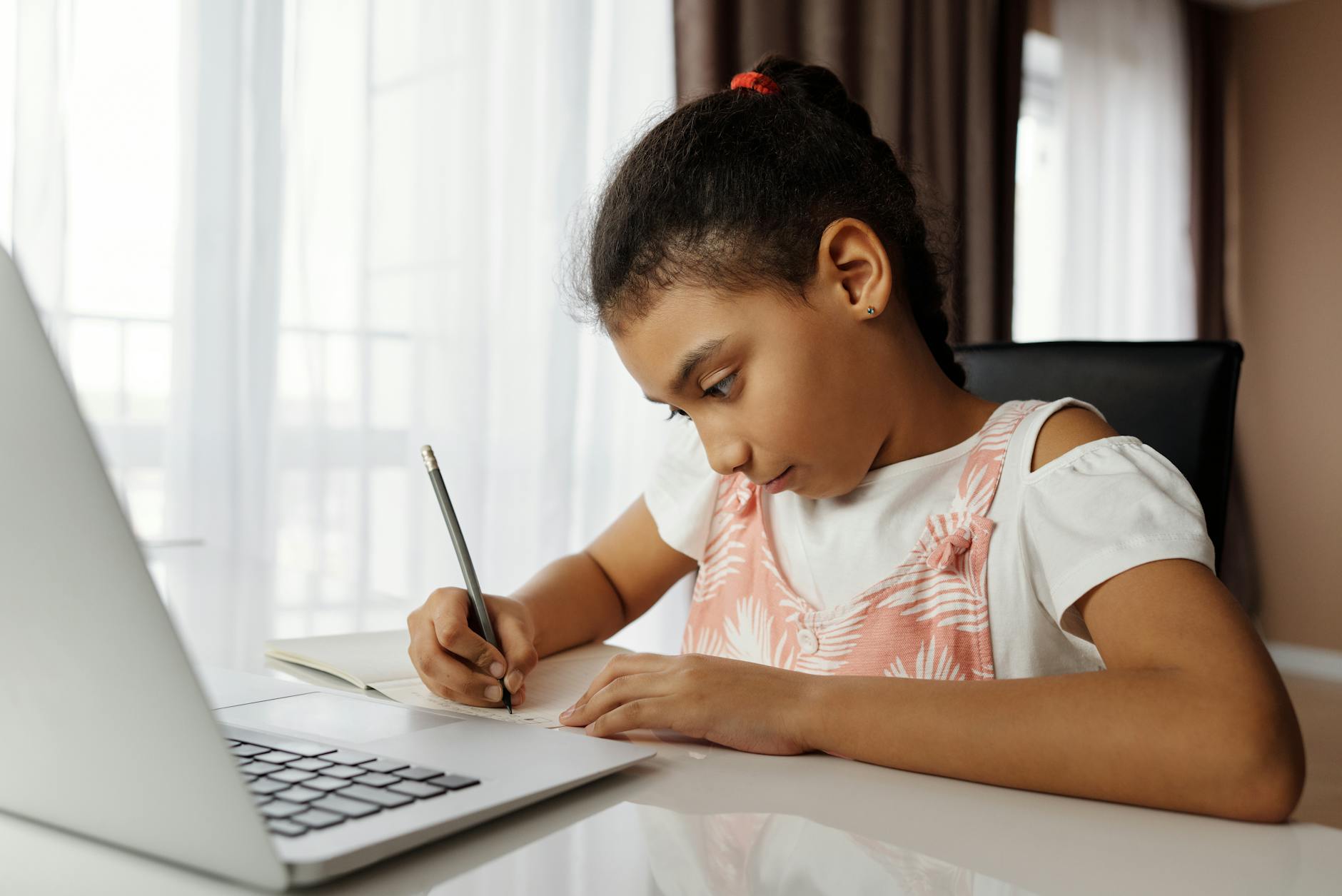Can Technology Reshape the Classroom Experience in Australia?

Embracing Digital Tools
Interactive Whiteboards in Class
As an innovative teacher, I am continuously exploring ways to enhance classroom interaction using technology, and interactive whiteboards are changing how I teach. These tools allow students to engage directly with the learning material, fostering a more involved and dynamic learning environment. Imagine your classroom where students can manipulate objects on a large screen, similar to the interactive exhibits at Federation Square. Now, multiply that engagement for every lesson.
Interactive whiteboards provide countless opportunities:
- Visual Learning: Bring lessons alive with graphics, charts, and videos.
- Collaborative Features: Students can solve problems together right at the board.
- Instant Feedback: Quickly correct answers, helping students learn from mistakes.
In addition to whiteboards, a mesh radios system can significantly improve classroom communication. These devices allow students and teachers to connect seamlessly, ensuring that no one misses out on important interactions. For audio-focused lessons, employing a recording microphone creates high-quality sound, making podcasts or voiceovers clearer and more engaging.
Lastly, integrating an induction loop can enhance auditory learning experiences, particularly for students with hearing impairments, ensuring inclusivity in all lessons. Such technological advancements, akin to the resources available at State Library Victoria, empower both teachers and students by making learning experiences more engaging and accessible.
Enhancing Communication
Messaging Apps for Connectivity
With the rapid advancement of technology, messaging apps have become essential for enhancing communication in educational environments. These tools offer a direct and instantaneous way to keep everyone connected, fostering a sense of community and collaboration among students and educators alike. By integrating messaging platforms, schools can create virtual spaces where ideas flow as freely as the creativity seen in Federation Square's cultural exhibits.
For instance, messaging apps can be used to:
- Facilitate group discussions and peer-to-peer learning.
- Share updates and reminders about school events or deadlines.
- Provide a platform for students to reach out to teachers for immediate academic support.
Given the ease of accessibility on multiple devices, messaging apps can transform the way communication occurs in and outside the classroom, ensuring nothing stalls the shared learning journey.
Video Conferencing for Remote Learning
Video conferencing bridges the gap between remote and face-to-face education, making learning accessible no matter the location. This technology, akin to the versatility found in data projectors, allows educators to conduct live sessions with the dynamic presence of an in-person class.
Benefits include:
- Real-time interaction that mimics physical presence.
- Opportunities for guest lecturers from diverse locations.
- Virtual parent-teacher meetings enhancing participation.
Video conferencing makes it possible to deliver a comprehensive educational experience while respecting the need for flexibility and inclusivity.
Podcasting Tools for Audio Lessons
Incorporating podcasting tools into the curriculum can provide a rich, auditory learning experience that taps into the storytelling techniques celebrated at places like ACMI for digital storytelling. Leveraging these tools, educators can create engaging audio lessons that capture the imagination of students, just like a motorised projector screen captures visuals.
Uses of podcasting include:
- Delivering accessible course content for auditory learners.
- Enabling students to create and share their own podcasts as project work.
- Offering an alternative medium for lectures that can be accessed any time.
By transforming lessons into captivating auditory experiences, podcasting tools can vastly enrich the educational landscape.
Personalized Learning Approaches
Adaptive Learning Software
In a classroom setting, tailoring the educational journey to meet each student's unique needs can significantly boost engagement and comprehension. Adaptive learning software offers teachers a dynamic way to accomplish this. By analyzing student responses through real-time data, these programs adjust the teaching material to suit different learning speeds and styles. Picture this: it's like guiding a group through Melbourne's Federation Square, where cultural exhibits cater to various interests—a perfect metaphor for personalized learning. This approach allows each learner to proceed at their pace, maximizing potential and understanding.
Gamification to Boost Engagement
The concept of gamification transforms traditional learning activities into interactive experiences that inspire students to engage more deeply. By incorporating game-design elements such as points, badges, and leader boards, lessons can feel more like an adventure than a chore. Consider how Melbourne's ACMI utilizes digital storytelling to captivate visitors; gamification in education works similarly by capturing students' imaginations. The integration of home entertainment elements like quizzes and interactive challenges keeps learners motivated and eager to advance, turning education into an enjoyable quest.
AI-Powered Tutoring Systems
AI-powered tutoring systems provide personalized support by identifying student strengths and weaknesses. They're like having a digital tutor available at any time, ready to offer assistance where most needed. These systems utilize intelligent algorithms to provide tailored feedback and resources, helping students navigate challenging topics. In the same way that paging systems direct us to areas of interest, AI-powered tutoring points students toward the optimal learning pathways, refining their skills and knowledge with precision.
Inclusive Education Technologies
Induction Loops for Audio Clarity
Incorporating advanced technologies into educational settings has truly transformed the learning landscape in Australia. Among these innovations, induction loops stand out as essential in ensuring clear and comprehensible audio for all learners, especially those with hearing impairments. By using induction loops, teachers can deliver lessons more effectively, ensuring every student can engage fully without audio distortion.
For educators, placing a professional microphone close to their teaching station captures audio distinctly, allowing induction loops to transmit sound directly to hearing aids or cochlear implants. This method supports students who rely on such devices by providing an unobstructed and precise audio experience, thereby creating a more inclusive classroom environment.
In addition to hearing-focused technologies, the broader scope of audio equipment plays a pivotal role in refining educational delivery. Teachers can enhance lesson quality through superior audio systems, combining visual aids with crisp sound to captivate students’ attention. This approach not only benefits auditory learners but also enriches the overall educational atmosphere by making lessons more dynamic and engaging.
Oliver, a Senior Podcast Producer, might appreciate how these tools echo the meticulous audio quality he strives for in his podcasts. By adopting a similar standard in classrooms, educators can create an engaging space where all voices and ideas are heard clearly and equally. This shift towards inclusive audio practices ensures that every student, regardless of their hearing abilities, can participate fully in the learning journey.
Overcoming Educational Challenges
Navigating Privacy Concerns
As we venture into the realm of digital classrooms, privacy emerges as a significant challenge we need to address. Much like the secure archives at State Library Victoria, where sensitive information is protected, we need robust measures to keep students' data safe. Encouraging open discussions among faculties about responsible data practices can set a precedent. Offering workshops to train teachers and students about digital privacy can be key in fostering a secure learning management system. By ensuring that educators are cognizant of data handling processes, we create a safer online learning environment.
Balancing Screen Time and Hands-on Activities
Striking the right balance between screen time and traditional hands-on activities can enhance the learning experience, akin to the experiences at Federation Square where digital and tangible worlds intersect. Incorporating digital storytelling through tools like ACMI's resources can enrich lesson plans without exhausting students' screen tolerance. Teachers can plan screen-free days focusing on group projects or field trips to museums, offering a multifaceted educational experience that caters to varied learning styles.
Ensuring Equal Access for All Students
To achieve equity in technology-enabled education, it's vital to make resources accessible to all students. Inspired by the inclusivity ethos of Melbourne’s cultural institutions, we should develop strategies to provide every student with necessary tech tools. This involves liaising with local councils for funding and sourcing adaptive devices for students in need. In addition, creating offline learning packets for those with limited internet access ensures no student is left behind in this digital evolution. With such measures, every learner can benefit from the technological advancements reshaping Australian classrooms.


